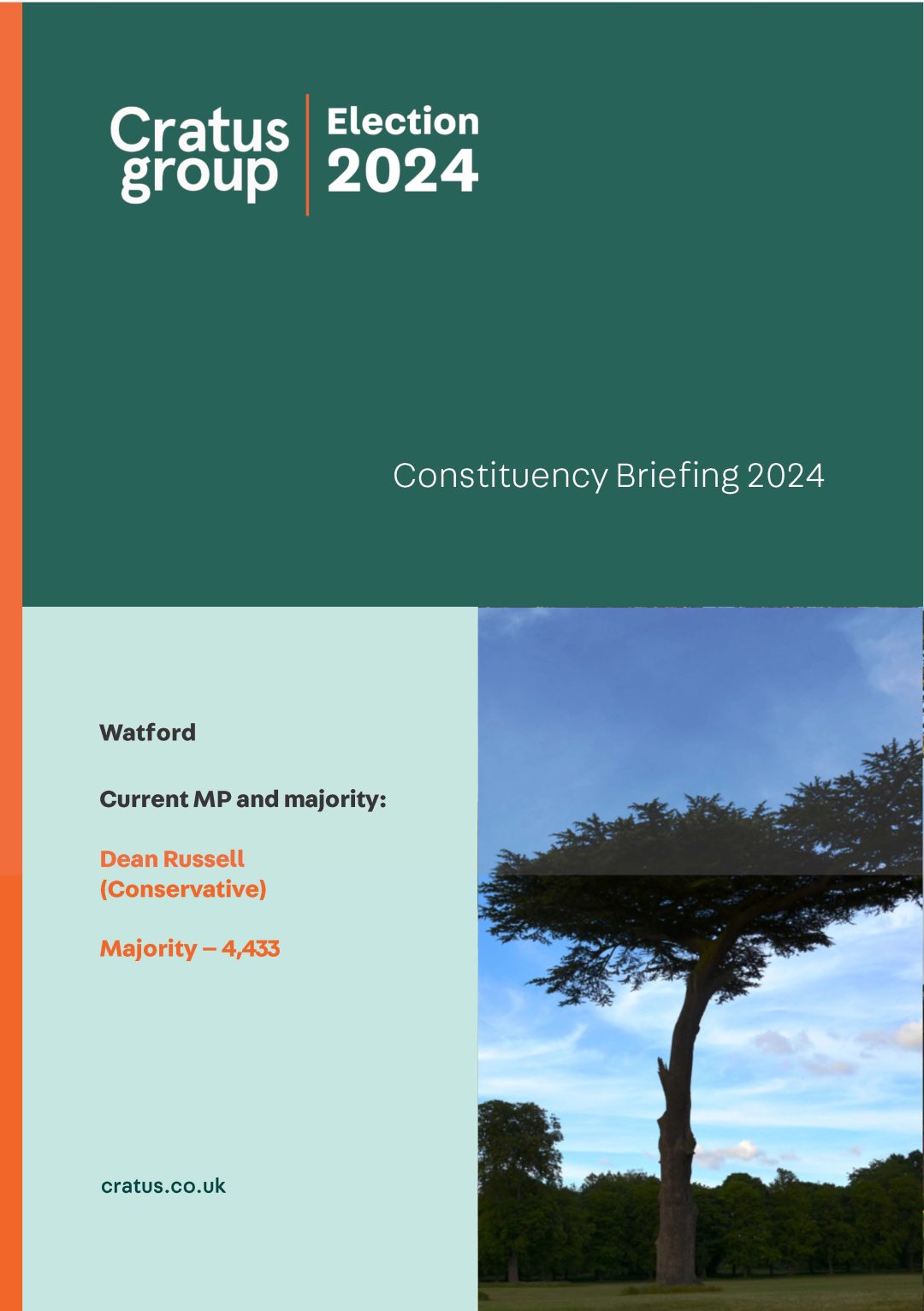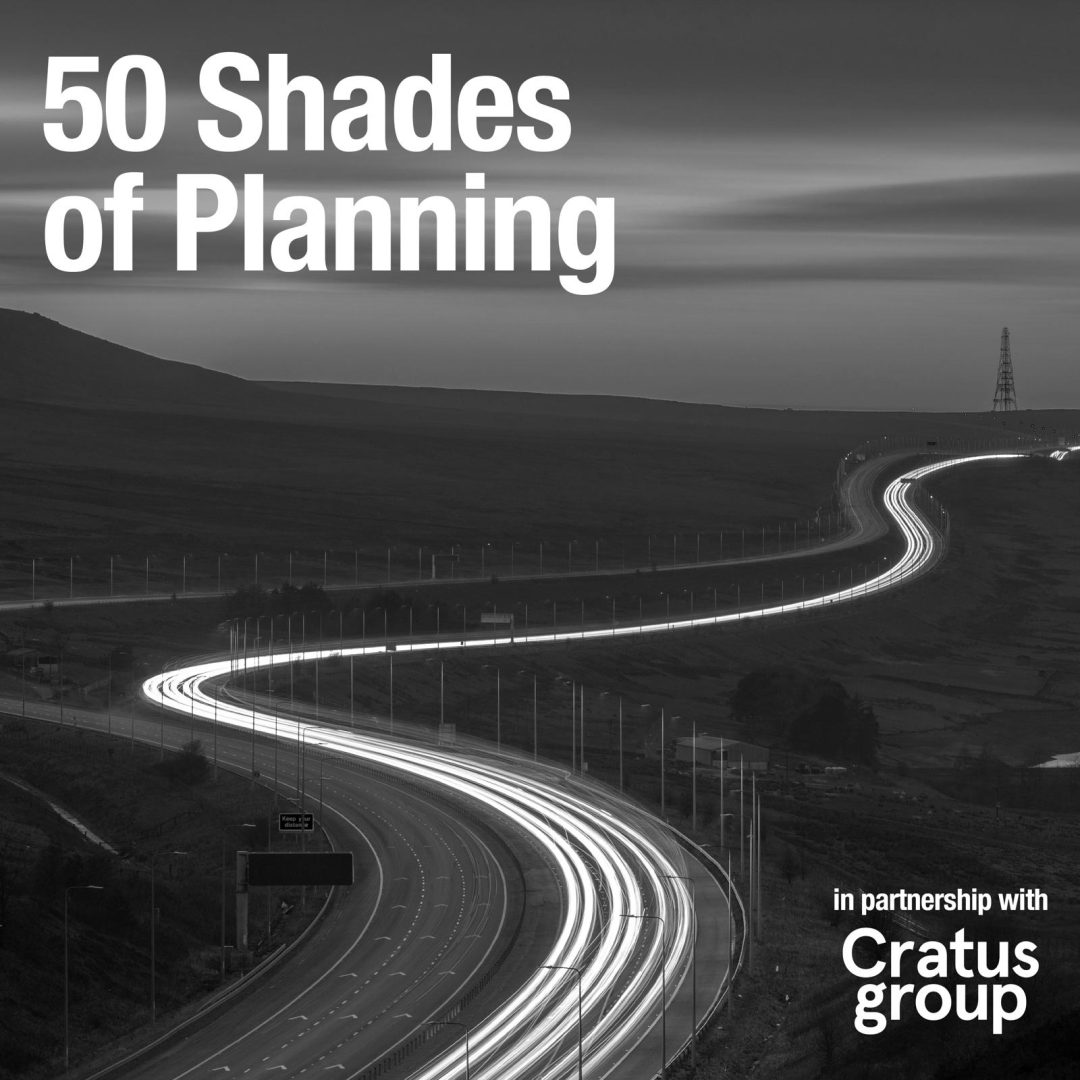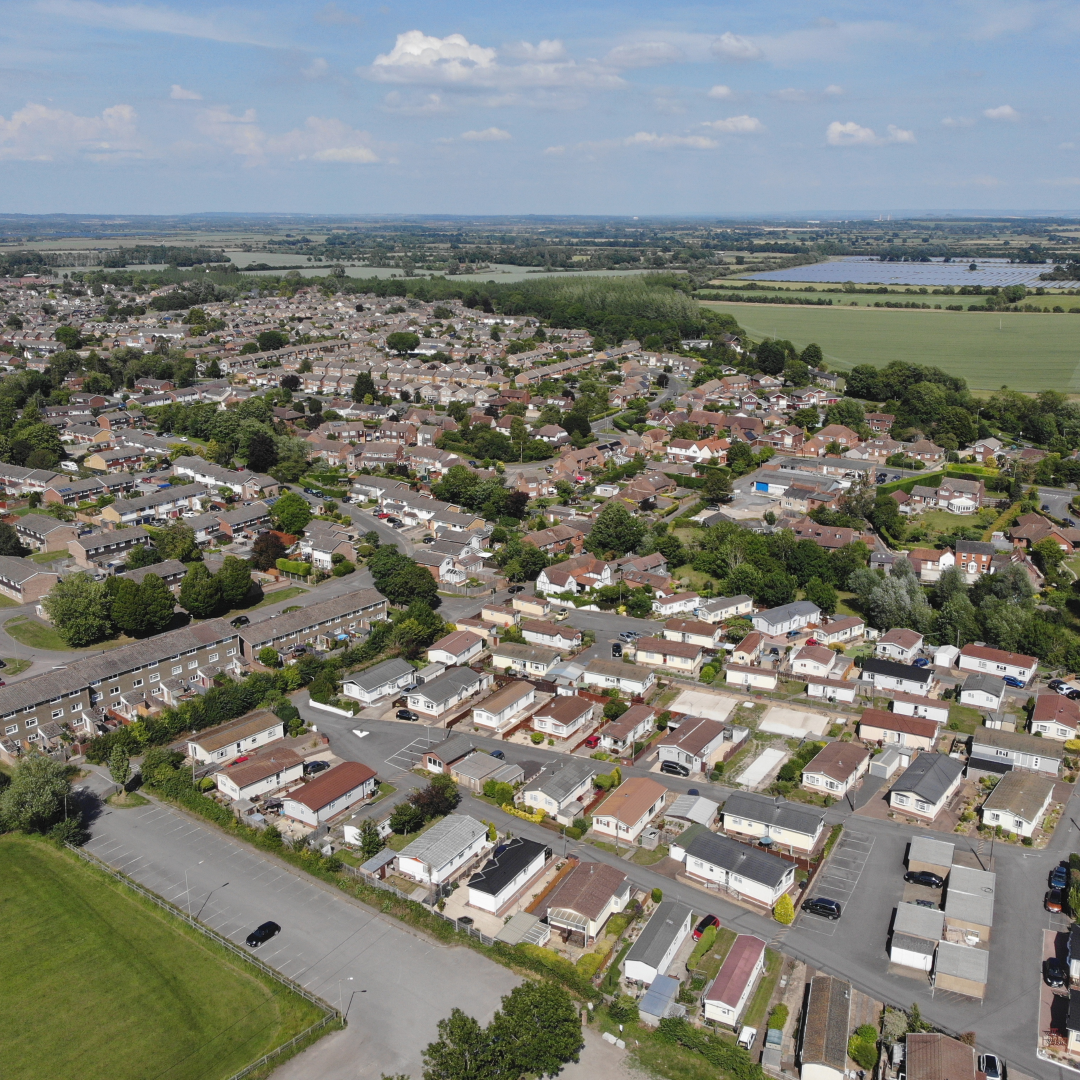21st Century Town Centres
By Dan Humphreys, Associate Director
The high street is the hub of every town and, quite rightly, has totemic importance in all our communities. In developed countries across the world, however, our high streets and town centres are undergoing change and facing challenges that put their very existence at risk.
Local authorities in the UK are grappling with how to respond to the changes and ensure that healthy high streets can survive and thrive in the 21st century.
So how did we get here and what is the prescription for a thriving high street in 21st century Britain?
Firstly, let’s go back further than the last two or three decades. High streets and bustling town centres have been a feature of life in the UK for centuries. They have been places where people have lived and met together for purposes such as trade, civic, political and religious meetings, celebrations and social gatherings.
In the 20th century, there was a huge shift towards commerce and away from other purposes. Our high streets embraced retail therapy, expanded and became remarkably similar. Identikit high streets were found in towns the length and breadth of the country and from 9 to 5 while the chain stores were open those high streets thrived.
Now the high street chains from Woolworths to TopShop, and Debenhams to Dixons are shifting online or have closed completely. Business rates, e-commerce and the growth in out of town shopping centres with acres and acres of free car parking are blamed and there’s a good degree of truth in this. Business rates on town centre units are indeed very high and while some help has been given during the Covid-19 pandemic the rates remain high. The ease with which people can and do shop online and receive their goods is infinitely preferable to searching through shop after shop and it’s clear that the out-of-town centres are very popular.
But it is also true that in the 20th century an unsustainable model was developed. We, or our predecessors, in councils and retail companies across the country (or in fact the western world), designed town centres that were wholly dependent on the retail therapy referenced above. With the benefit of hindsight, that shift was the mistake and it made the high street completely dependent on one activity.
The challenge for the stewards and custodians of our high streets is to deliver a return to a more balanced set of uses. How do we bring people together in our town centres for reasons other than (just) shopping and embrace technological advances rather than see them as a threat? There are many examples of councils and communities that are finding a way to do this.
Town centres need to find a way to ride the wave of ultrafast broadband and vastly improved communications technology. More and more citizens are used to immediate responses via the internet and their mobile devices. They won’t settle for less than they are used to at home or in the office just because they are in a shop, restaurant, museum, etc. Research suggests that for younger people, access to rapid internet speeds on their handheld devices is more important than owning a car.
All town centres should aspire to, and have a plan in place to deliver, full coverage of fibre and free wifi connections. Furthermore, councils should be working with the business community to ensure that all stakeholders in the area are able to maximise the benefits of the technology. As well as the direct provision of better services and experiences to paying customers there will be a wealth of beneficial data available to councils and other stewards of our high streets through adopting this approach. That data can be harnessed to further improve the experiences of visitors.
Historically town centres weren’t just places to visit but places in which people lived as well. The loss of residents has weakened the sense of community and vitality in town centres and forward-thinking councils are now working with property owners and developers to reintroduce living spaces into town centres. In particular, this is happening in the spaces above shops that are no longer required for retail or storage creating modern flats and apartments in town and city centres again.
Successful high streets in the 21st century will have a much broader range of reasons to visit than the narrow focus of the late 20th century. Places for gathering, hospitality and cultural venues will all be more important than ever. The same is true for events that draw people into the town centre.
Finally, the look and feel of high streets will be more important than ever. People visiting high streets will want to spend more time there and won’t do so if the dominant themes are concrete and brutalist architecture. Councils will need to invest in the public realm, making it modern, colourful, comfortable, clean and safe.
There is a path to rejuvenating our local high streets to help them thrive. Many councils are grasping the nettle in order to do so. It’s time even more joined in to protect our high streets for the future.







